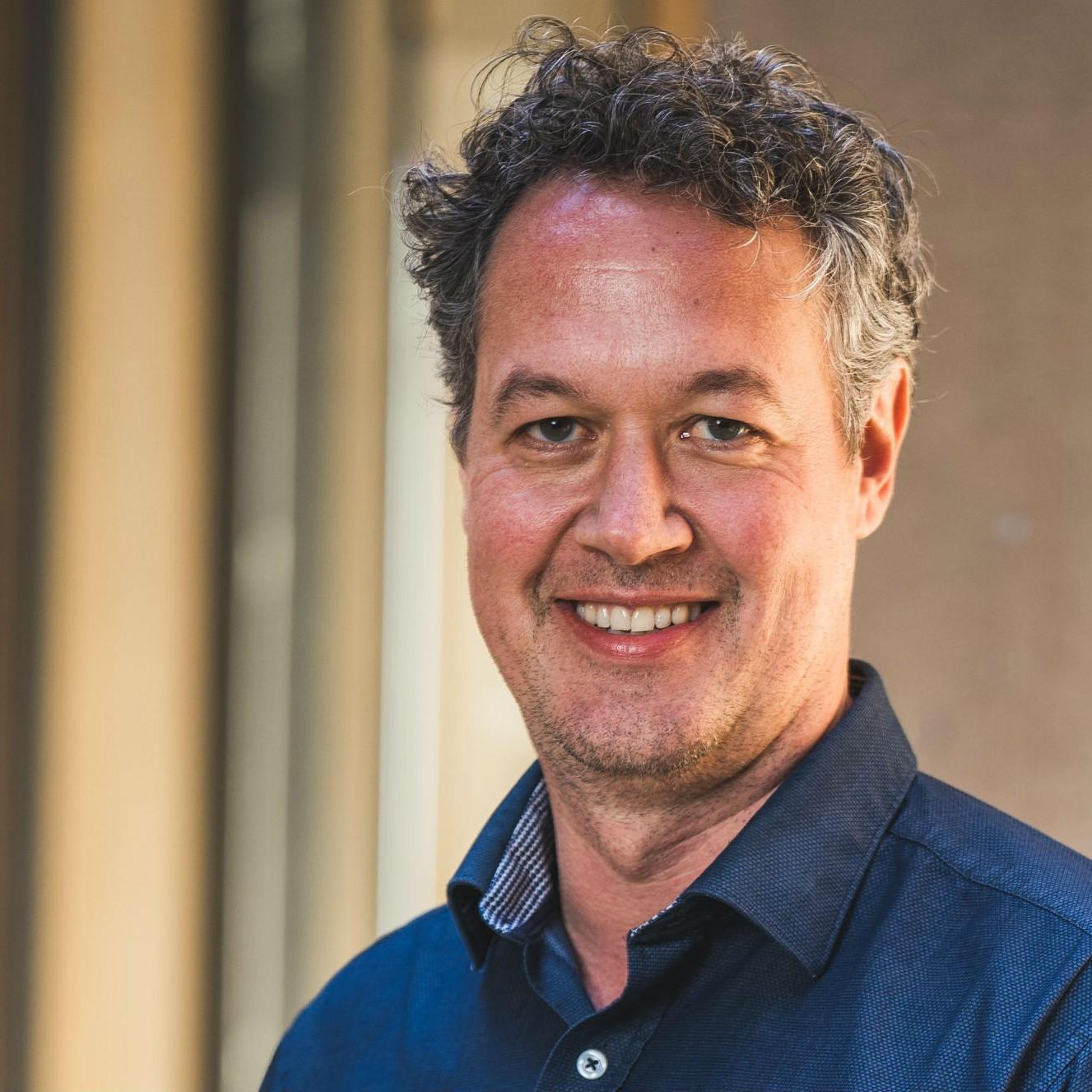A return to the wild for better immune health

Revegetating green spaces within cities can improve soil quality and has been linked to human health benefits.
To better understand the relationship between soil composition and different urban vegetation types – lawns, vacant lots, parklands and woodland areas – our researchers sampled soil from the City of Playford council area in South Australia to compare ‘microbiota’.
Microbiota are the microscopic communities (including bacteria, fungi, amoebas, microscopic worms and more) that are all around us.
Lead researcher Jacob Mills says the motivation for the study was to determine whether revegetation has a positive effect on natural biodiversity and could potentially lead to better health outcomes.
“Historically, humans lived in more rural and wild landscapes, and children spent more of their childhood outdoors, allowing natural exposure to more microbes,” Mr Mills said.
“Urbanisation has radically changed this – we spend more time indoors, eat poor quality diets and have less exposure to wild environments as opposed to pollution, leading to significant increases in non-communicable diseases such as poorer respiratory health.”
“Greater biodiversity has the potential to reduce this through improved training of our immune systems, and could be implemented as a preventative health measure. It could be particularly beneficial for lower socio-economic areas and lessen the burden on our health systems.”
The study is believed to provide the first evidence that native revegetation of public spaces can restore ecological soil communities, meaning a greater chance to strengthen our immune systems through exposure to natural microbiota.
This exposure, especially during childhood, is likely very important for the development of our immune systems. For example, there are some microbial compounds in soil that reduce stress and anxiety.
According to Mr Mills, the findings also have implications for urban design, landscape architecture and councils, who have to meet certain criteria to make a space socially functional.
“Our hope is that that this criteria can extend to include more nature-inspired design for the sake of health outcomes, and we’re already seeing this shift start to take hold.”

Featured researcher
Mr Jacob Mills
Environment Institute
School of Biological Sciences
Faculty of Sciences

Featured researcher
Professor Andy Lowe
Director of the Food Innovation Theme
School of Biological Sciences
Faculty of Sciences
Featured researcher
Dr Nick Gellie
Research Associate
School of Biological Sciences
Faculty of Sciences
Featured researcher
Professor Philip Weinstein
Professorial Research Fellow
School of Public Health
Faculty of Health and Medical Sciences
